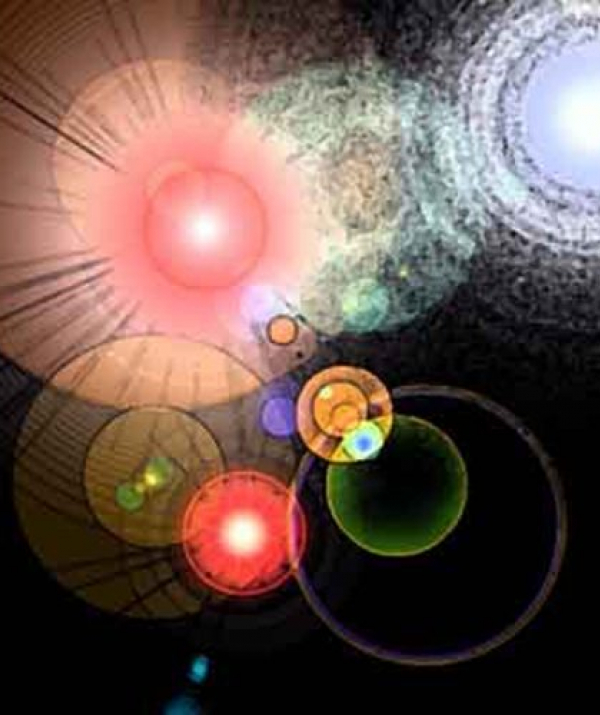Chiến thắng hàng ngàn quân địch cũng không bằng tự thắng được mình. Kinh Pháp cú
Hãy thận trọng với những hiểu biết sai lầm. Điều đó còn nguy hiểm hơn cả sự không biết. (Beware of false knowledge; it is more dangerous than ignorance.)George Bernard Shaw
Sự kiên trì là bí quyết của mọi chiến thắng. (Perseverance, secret of all triumphs.)Victor Hugo
Để đạt được thành công, trước hết chúng ta phải tin chắc là mình làm được. (In order to succeed, we must first believe that we can.)Nikos Kazantzakis
Trong sự tu tập nhẫn nhục, kẻ oán thù là người thầy tốt nhất của ta. (In the practice of tolerance, one's enemy is the best teacher.)Đức Đạt-lai Lạt-ma XIV
Chưa từng có ai trở nên nghèo khó vì cho đi những gì mình có. (No-one has ever become poor by giving.)Anne Frank
Của cải và sắc dục đến mà người chẳng chịu buông bỏ, cũng tỷ như lưỡi dao có dính chút mật, chẳng đủ thành bữa ăn ngon, trẻ con liếm vào phải chịu cái họa đứt lưỡi.Kinh Bốn mươi hai chương
Kẻ không biết đủ, tuy giàu mà nghèo. Người biết đủ, tuy nghèo mà giàu. Kinh Lời dạy cuối cùng
Đừng cư xử với người khác tương ứng với sự xấu xa của họ, mà hãy cư xử tương ứng với sự tốt đẹp của bạn. (Don't treat people as bad as they are, treat them as good as you are.)Khuyết danh
Đừng cố trở nên một người thành đạt, tốt hơn nên cố gắng trở thành một người có phẩm giá. (Try not to become a man of success, but rather try to become a man of value.)Albert Einstein
Thành công không phải điểm cuối cùng, thất bại không phải là kết thúc, chính sự dũng cảm tiếp tục công việc mới là điều quan trọng. (Success is not final, failure is not fatal: it is the courage to continue that counts.)Winston Churchill
Trang chủ »» Danh mục »» TỦ SÁCH RỘNG MỞ TÂM HỒN »» none »» Can our brains see the fourth dimension? »»
 Xem Mục lục
Xem Mục lục  Vietnamese || Đối chiếu song ngữ
Vietnamese || Đối chiếu song ngữ

DO NXB LIÊN PHẬT HỘI PHÁT HÀNH
Mua sách qua Amazon sẽ được gửi đến tận nhà - trên toàn nước Mỹ, Canada, Âu châu và Úc châu.
Quý vị đang truy cập từ IP 216.73.216.110 và chưa ghi danh hoặc đăng nhập trên máy tính này. Nếu là thành viên, quý vị chỉ cần đăng nhập một lần duy nhất trên thiết bị truy cập, bằng email và mật khẩu đã chọn.
Chúng tôi khuyến khích việc ghi danh thành viên ,để thuận tiện trong việc chia sẻ thông tin, chia sẻ kinh nghiệm sống giữa các thành viên, đồng thời quý vị cũng sẽ nhận được sự hỗ trợ kỹ thuật từ Ban Quản Trị trong quá trình sử dụng website này.
Việc ghi danh là hoàn toàn miễn phí và tự nguyện.
Ghi danh hoặc đăng nhập